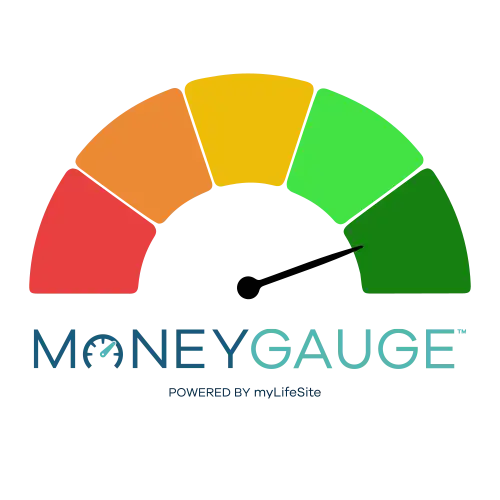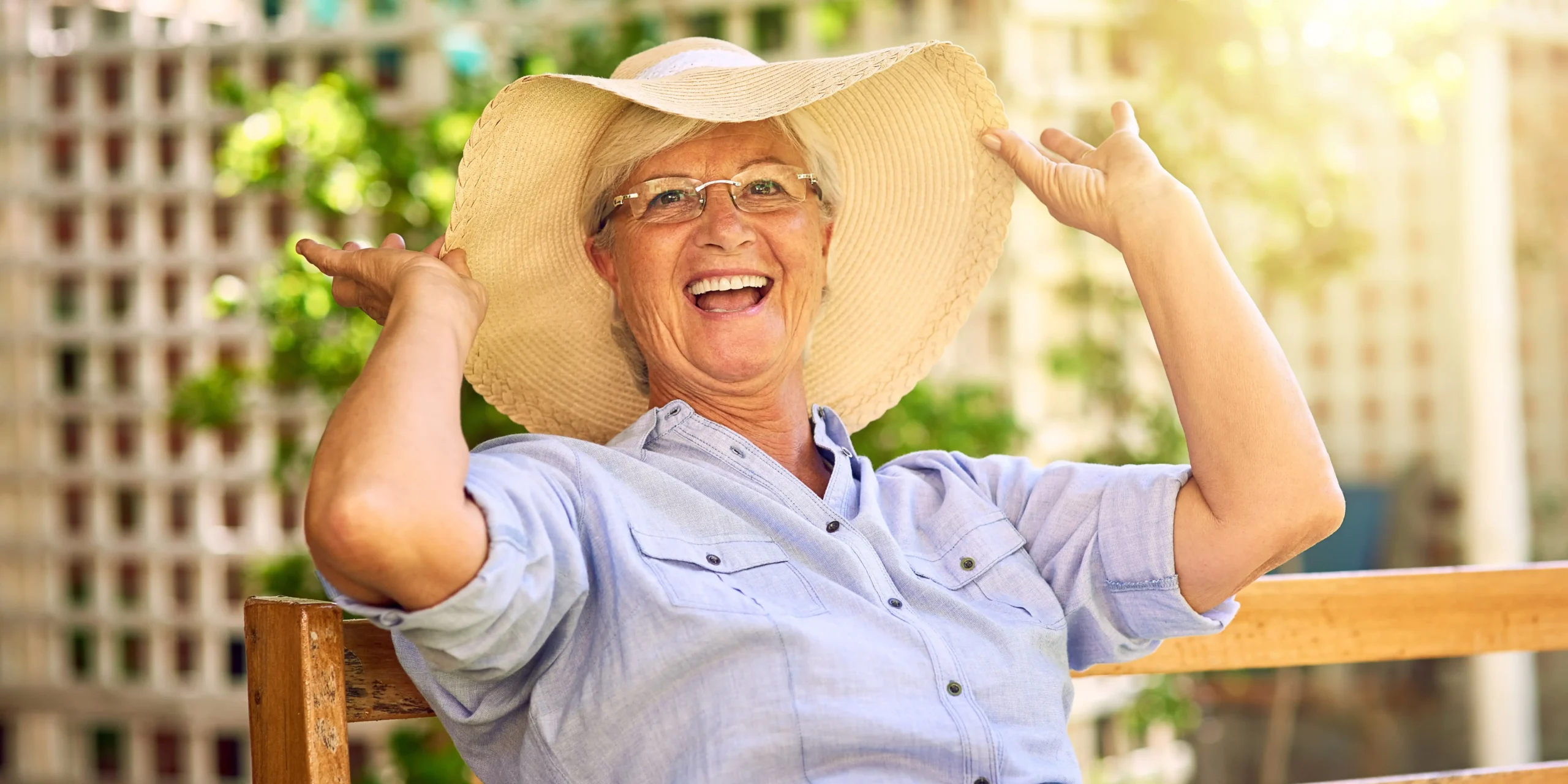As the days grow longer, so does time spent outdoors. Depending on where you live, you may be looking forward to taking a plunge in the pool, dining on the patio or planting your garden.
But it’s important to recognize the unique challenges and risks for older adults when it comes to exposure to the sun and heat.
Staying Safe in the Sun: A Guide for Older Adults
The following information and tips can help you enjoy every beautiful summer day while staying protected from the harmful side effects that the sun and higher temperatures can bring.
The Summer Sun and Increased Risks for Older Adults
Regardless of age, protection from the sun’s rays is always a good idea. But older adults often have an increased risk from sun exposure because of these 5 factors:
- Skin Sensitivity: As we age, our skin becomes thinner and more fragile, making it more susceptible to sunburn. Older adults may also have a reduced pigment that helps protect the skin from sunburn.
- Dehydration: Older adults are often at higher risk of dehydration because they may have a diminished sense of thirst and are more likely to take medications that can also increase the threat of dehydration.
- Heat Sensitivity: The body’s ability to regulate temperature decreases with age. Older adults may not sweat as much as younger people, reducing their ability to cool down while increasing the risk of heat-related illnesses such as heat exhaustion and heat stroke.
- Chronic Health Conditions: Heart disease, diabetes or respiratory issues can be aggravated by heat and sun exposure.
- Medication Side Effects: Certain common prescriptions can cause an increased sensitivity to the sun and the risk of dehydration.
Ten Tips to Help You Stay Safe This Summer
You don’t have to remain indoors all summer long to be safe, but following these 10 recommendations can help you avoid the adverse side effects of a hot summer sun.
- Wear Protective Clothing: Choose lightweight, loose-fitting and light-colored clothing. Long-sleeved shirts, pants and wide-brimmed hats protect against the sun’s harmful rays. Look for clothing with a high Ultraviolet Protection Factor (UPF) rating for added protection.
- Use Sunscreen: Apply a broad-spectrum sunscreen with an SPF of at least 30 to all exposed skin. Don’t be fooled by cloudy days, as you can still get burned. Reapply every two hours or more often if swimming or sweating. Don’t forget areas like the ears, neck and the back of the hands.
- Stay Hydrated: Older adults should make sure they drink enough—even if they don’t feel thirsty. Water is best, and it’s important to avoid alcohol and caffeinated beverages as they can contribute to dehydration.
- Seek Shade: Whenever possible, stay in the shade, especially during the peak sun hours that typically occur between 10 a.m. and 4 p.m. If you’re outside, use an umbrella, canopy, covered patio or the shade of a large tree.
- Take Breaks: Don’t overexert yourself, especially during the hottest parts of the day. Take frequent breaks in a shaded area to rest and cool down.
- Monitor the Weather: Pay attention to weather forecasts and heat advisories. On sweltering and humid days, consider staying indoors with air-conditioning.
- Be Aware of Medication Effects: Check with your doctor or pharmacist to see if any of your medications increase sun sensitivity or dehydration risk. If they do, take extra precautions and follow any specific advice your healthcare team provides.
- Eat Light: Smaller, lighter meals are easier to digest. Avoid heavy, hot meals that can raise your body temperature and make you feel sluggish. Fresh fruits and vegetables with high water content, such as watermelon, cucumbers and salads, are great warm-weather choices.
- Protect Your Eyes: To protect your eyes from sun damage, wear sunglasses that block 100% of UVA and UVB rays. Look for wrap-around styles that provide maximum coverage and reduce glare.
- Know the Signs of Heat-Related Illnesses: Heat exhaustion can cause heavy sweating; weakness; cold, pale and clammy skin; a fast and weak pulse; nausea or vomiting; and fainting. Heat stroke, a more serious condition, can include a high core body temperature of 104°F or higher; hot, red, dry or moist skin; rapid and strong pulse; and possible unconsciousness. If you or someone else experiences these symptoms, seek medical help immediately.
Independent Living at Presbyterian Village North
We offer a unique blend of comfort, convenience and peace of mind with our non-profit senior living community set on 66 acres of beautifully landscaped grounds. Whether you prefer a spacious apartment or a freestanding home, the variety of beautiful residences ensures you’ll find the perfect space to call your own.
With chef-prepared dining and a wide range of amenities, including a fitness center, therapeutic aquatic center and walking paths, every day offers opportunities to stay active and engaged. Residents enjoy a vibrant, welcoming community, open to all faiths, with endless opportunities for connection and personal growth.
From our on-campus pharmacy services to a resident clinic, professional security 24/7and a wireless emergency call system in every residence, your well-being is always a top priority. With exceptional amenities like a performing arts theater, woodworking shop, dog park, putting green and salon services, every detail is designed to enrich your life.
For more information about how Presbyterian Village North can help you or your loved one thrive in retirement, please reach out by calling (214) 355-9000 to request a personal tour or more details today.


